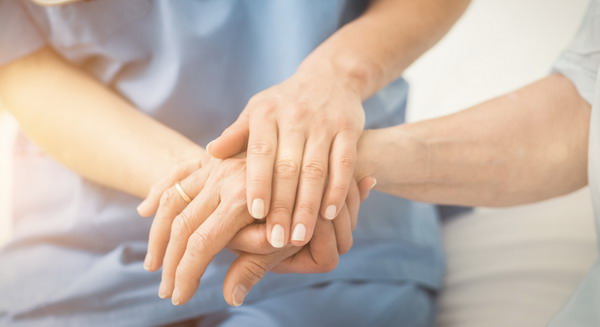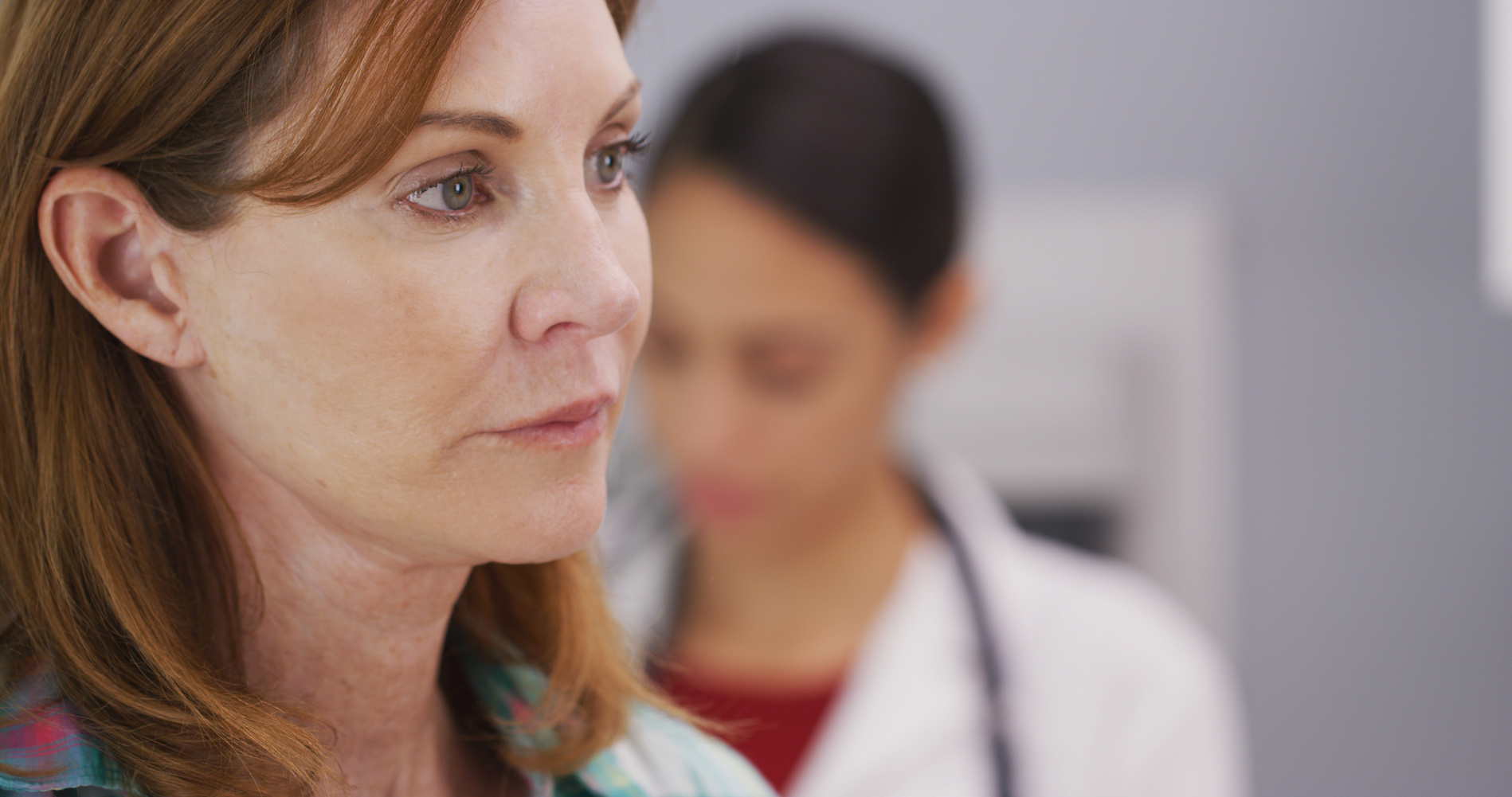Compassion is defined as “sympathetic pity and concern for the sufferings or misfortunes of others,” and it is felt, often deeply, by those in the nursing profession. But at what cost?
Burnout—the feeling of being physical, mental, and emotional exhausted—is an all too common job hazard that impacts a large percentage of nurses, as well as other healthcare professionals. While the numbers vary across studies and from year to year, an estimated 36% to 70% of nurses have reported symptoms of burnout and those numbers are on the rise.
Compassion fatigue is a part of burnout—it is part of the emotionally exhausting part of burnout. The term itself was coined by Carla Joinson in 1992, when she observed that nurses dealing with repeated heartache had lost their “ability to nurture.” While compassion fatigue can develop in any care relationship where empathy is present, it is common in nurses who work in pediatrics, oncology, intensive care, emergency services, and hospice, and those who experience chronic or prolonged exposure to trauma.
Caring for yourself—especially while caring for others—is essential to combat compassion fatigue. Here are some tips on how to do so.
Practice Self-Compassion
Suffering from compassion fatigue and burnout is not a personal flaw. They are job hazards, and you are not a lesser person for succumbing to them. Remind yourself of this often. Be gentle and understanding with yourself, not hyper-critical. You are only human and you are doing the best you can.
Incorporate Self-Care and Mindfulness
Put yourself first. You cannot care for others, if you are not caring for yourself. Begin to practice meditation or yoga, keep a gratitude journal, take time to just breathe, partake in hobbies you enjoy outside of work, never take your work home with you, eat healthy meals, and make sure you are getting enough sleep each night.
Ask for Help
There is no shame in seeking help, if you cannot overcome compassion fatigue on your own. Discuss your concerns with your team and superiors. Any institution worth working for will have protocols in place for fostering good mental health for their employees. And beyond that, if needed, counseling is also an option. Sometimes, just confiding your burdens in another, and not carrying them alone, is all you really need to begin feeling better.
Disclaimer: The viewpoint expressed in this article is the opinion of the author and is not necessarily the viewpoint of the owners or employees at Healthcare Staffing Innovations, LLC.









